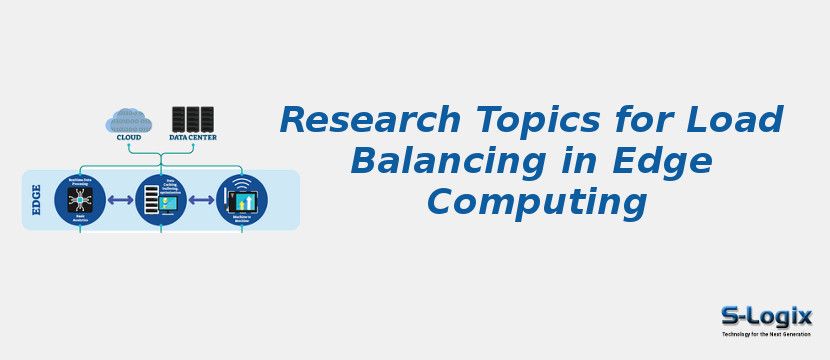Load balancing in Edge computing distributes network traffic across multiple nodes or devices in an edge computing network. Load balancing ensures that no single node or device becomes overwhelmed with requests, improving system performance, reliability, and scalability. Edge computing load balancing reduces communication overhead and improves the overall process by including all the services at the edge device.
In Edge computing, load balancing is important as it enables efficient data distribution and processing tasks closer to the data source, thereby reducing network latency and improving overall system responsiveness.
Load balancing in Edge computing can be achieved using hardware-based or software-based solutions. Hardware-based solutions typically involve dedicated load-balancing devices, such as load balancers, which are deployed in the data center or at the edge of the network. On the other hand, software-based solutions involve implementing load-balancing algorithms in edge nodes or devices.
• Heterogeneous-based technique: A heterogeneous approach is the integration of Mobile Edge Cloud (MEC) servers with a central controller. The load balancing metric was considered for studying network energy capability and load balancing.
• Heuristics-based technique: In Heuristics based technique, tasks with large resources in the ongoing task set are grouped based on clustering, then a task offload strategy is used to upload the central output of cloud computing for computation and deployment.
• Distributed-based load: Distributed technology provides an elementary mechanism to enable system administrators and the essential trade-offs between users and load balancers managed by replication.
• Optimization-based: The techniques provide a proactive load-balancing method for activating effectual coordinate mobile edge servers (MES) to forecast road traffic.
• Traffic load-based: The traffic load-based technique develops the Traffic Load Balancing (TALL) approach that solves the problem by decomposing it into two sub-problems and computing them individually.
• Multiple access-based techniques: Multi-access-based technology develops three loading schemes to Leverage collaboration between cluster centers to varying degrees, including random sharing, no sharing, and least burdensome sharing.
• Security-based technique: The approach was the assimilation of two main components are Edge Data Center (EDC) secure authentication deployed on-premises based on cloud-initiated credentials and Improved performance by gathering information on avoiding overload.
• Allocation-based technique: The main goal of the allocation-based technique is to improve the ability to collaborate on tasks by reducing task operation by assigning ideal resource allocation with Service Delayed-enable workload allocation.
• Dynamic-based Technique: Dynamic-based technology develops scalable and dynamic load balancers. It reduces response time, ensures data node load balancing, and efficient network utilization.
• Load Estimation: Collecting information on load on the system as a whole and load on each node.
• Load Level Comparison: To compare the load on individual nodes to decide the capable node for handling the fresh requests.
• Performance Indices: Indices the performance of a system and measures throughput, resource utilization, and mean response time.
• Performance Degradation: The system must be efficient enough to mange the increasing load.
• Scalability: The system should be able to accommodate the changes due to increased web traffic.
• Availability: To check that clients get 24/7 access to the server at a reasonable response time.
• Stability: Maintaining system stability in case of an immediate increase in load on the system.
• Amount of Information Exchanged among Nodes: To provide the necessary information for balancing load and distributing decisions between the nodes.
• Dynamic Load Balancing: Research new algorithms and techniques for dynamically adjusting load balancing in real-time based on network conditions, resource utilization, and other factors.
• Integration of Edge-Cloud: Investigating methods for seamless integration of edge computing with cloud computing for improved load balancing.
• Management of resources: Research on efficient resource management strategies to support load balancing in edge computing environments, including energy-aware load balancing.
• QoS-Aware Load Balancing: Study of algorithms considering quality of Service (QoS) parameters such as latency, bandwidth, and reliability when balancing loads in edge computing networks.
• Real-world Applications: Research on load balancing for real-time applications, such as augmented reality and IoT, in edge computing environments.
• Multi-Objective Optimization: Investigating multi-objective optimization techniques for load balancing considering multiple performance metrics and trade-offs.
• A new load balancing strategy by task allocation in edge computing based on intermediary nodes.
• Multi-UAV-Enabled Load-Balance Mobile-Edge Computing for IoT Networks
• Hierarchical Load Balancing and Clustering Technique for Home Edge Computing
• Stochastic Congestion Game for Load Balancing in Mobile-Edge Computing
